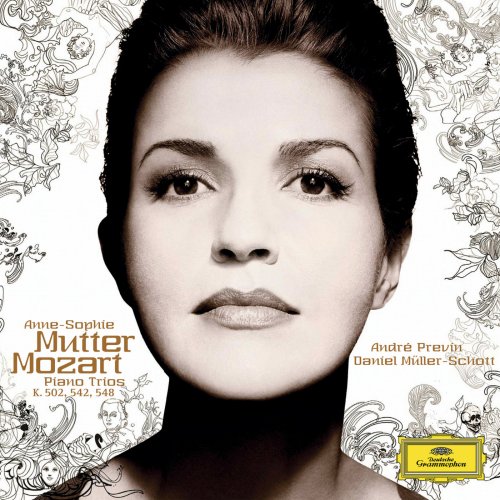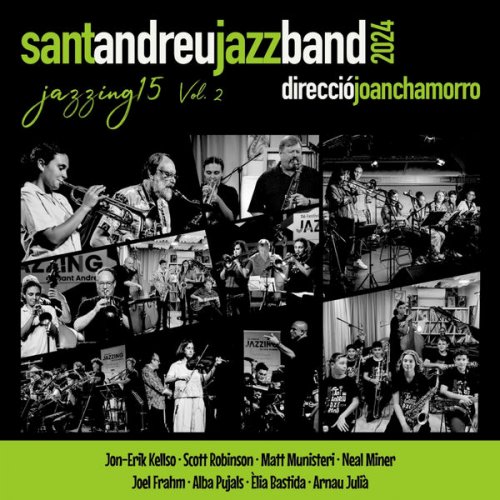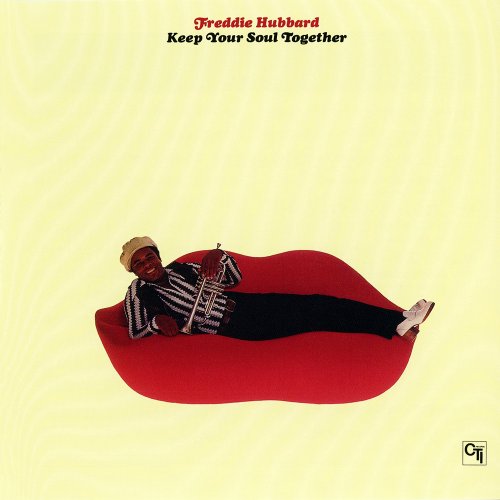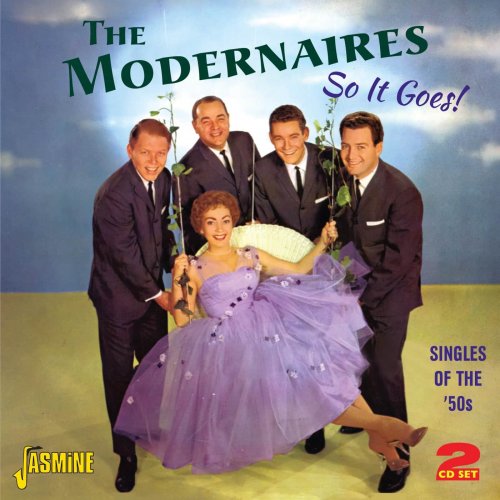Anne-Sophie Mutter - Mozart: Piano Trios (2015) [Hi-Res]

Artist: Anne-Sophie Mutter, André Previn, Daniel Müller-Schott
Title: Mozart: Piano Trios, K.502, 542, 548
Year Of Release: 2006 / 2015
Label: Deutsche Grammophon (DG)
Genre: Classical
Quality: FLAC (tracks, booklet) [96kHz/24bit]
Total Time: 1:01:21
Total Size: 1.1 GB
WebSite: Album Preview
Tracklist:Title: Mozart: Piano Trios, K.502, 542, 548
Year Of Release: 2006 / 2015
Label: Deutsche Grammophon (DG)
Genre: Classical
Quality: FLAC (tracks, booklet) [96kHz/24bit]
Total Time: 1:01:21
Total Size: 1.1 GB
WebSite: Album Preview
Wolfgang Amadeus Mozart (1756–1791)
Piano Trio in C, K.548
1. I. Allegro
2. II. Andante cantabile
3. III. Allegro
Piano Trio in E, K.542
4. I. Allegro
5. II. Andante grazioso
6. III. Allegro
Piano Trio In B Flat, K.502
7. I. Allegro
8. II. Larghetto
9. III. Allegretto
When Anne-Sophie Mutter says that Mozart wrote his trios for violin, violoncello and piano for his own enjoyment, then this is not merely a conclusion derived from the artist‘s own pleasure in playing these works with talented colleagues. Mozart himself, in a letter of June 1788 to his friend Michael Puchberg, added this postscript: “When are we to have a little musical party at your house again? I have composed a new trio!“ He was referring to the Piano Trio in E major K. 542.
All three trios on this recording are not only late works, but were also published together in 1788, lending weight to the claim that they are the three finest and most exemplary works in this genre by Mozart. In the earliest of the three, K. 502, Mozart broke through the traditional predominance of the piano to give equal weight to the strings, whereby the violin is given ample opportunity to display the soloist‘s bravura.
The Trios K. 542 and 548 were both written in the astonishingly fruitful summer of 1788, during which Mozart wrote the great trilogy of his last symphonies. They show Mozart at the very height of his powers. Proof that Mozart thought highly of K. 542 emerges in the fact that he played it at the court of Dresden in 1789 when he was seeking an appointment there. Finally, K. 548 in C major is a more restrained work that concentrates on motivic development and, in its slow movement, foreshadows the chamber music of the early 19th century.
Joining Anne-Sophie Mutter on this recording is the internationally acclaimed young cellist Daniel Müller-Schott, who, as a scholarship holder from her Foundation, benefited from Ms. Mutter‘s personal sponsorship at the outset of his career. More than one critic is already mentioning his name in one breath with Pablo Casals and Mstislav Rostropovich. At the piano is Sir André Previn, pianist, conductor, composer and gifted accompanist. The stunning location of the concert – the late-Baroque Teatro Bibiena in Mantua – bears a subtle connection to Mozart, for it is here that the 14-year-old Wolfgang gave a recital with his father in January 1770 while on his first tour of Italy.
Anne-Sophie Mutter, violin
Sir André Previn, piano
Daniel Müller-Schott, cello
All three trios on this recording are not only late works, but were also published together in 1788, lending weight to the claim that they are the three finest and most exemplary works in this genre by Mozart. In the earliest of the three, K. 502, Mozart broke through the traditional predominance of the piano to give equal weight to the strings, whereby the violin is given ample opportunity to display the soloist‘s bravura.
The Trios K. 542 and 548 were both written in the astonishingly fruitful summer of 1788, during which Mozart wrote the great trilogy of his last symphonies. They show Mozart at the very height of his powers. Proof that Mozart thought highly of K. 542 emerges in the fact that he played it at the court of Dresden in 1789 when he was seeking an appointment there. Finally, K. 548 in C major is a more restrained work that concentrates on motivic development and, in its slow movement, foreshadows the chamber music of the early 19th century.
Joining Anne-Sophie Mutter on this recording is the internationally acclaimed young cellist Daniel Müller-Schott, who, as a scholarship holder from her Foundation, benefited from Ms. Mutter‘s personal sponsorship at the outset of his career. More than one critic is already mentioning his name in one breath with Pablo Casals and Mstislav Rostropovich. At the piano is Sir André Previn, pianist, conductor, composer and gifted accompanist. The stunning location of the concert – the late-Baroque Teatro Bibiena in Mantua – bears a subtle connection to Mozart, for it is here that the 14-year-old Wolfgang gave a recital with his father in January 1770 while on his first tour of Italy.
Anne-Sophie Mutter, violin
Sir André Previn, piano
Daniel Müller-Schott, cello








